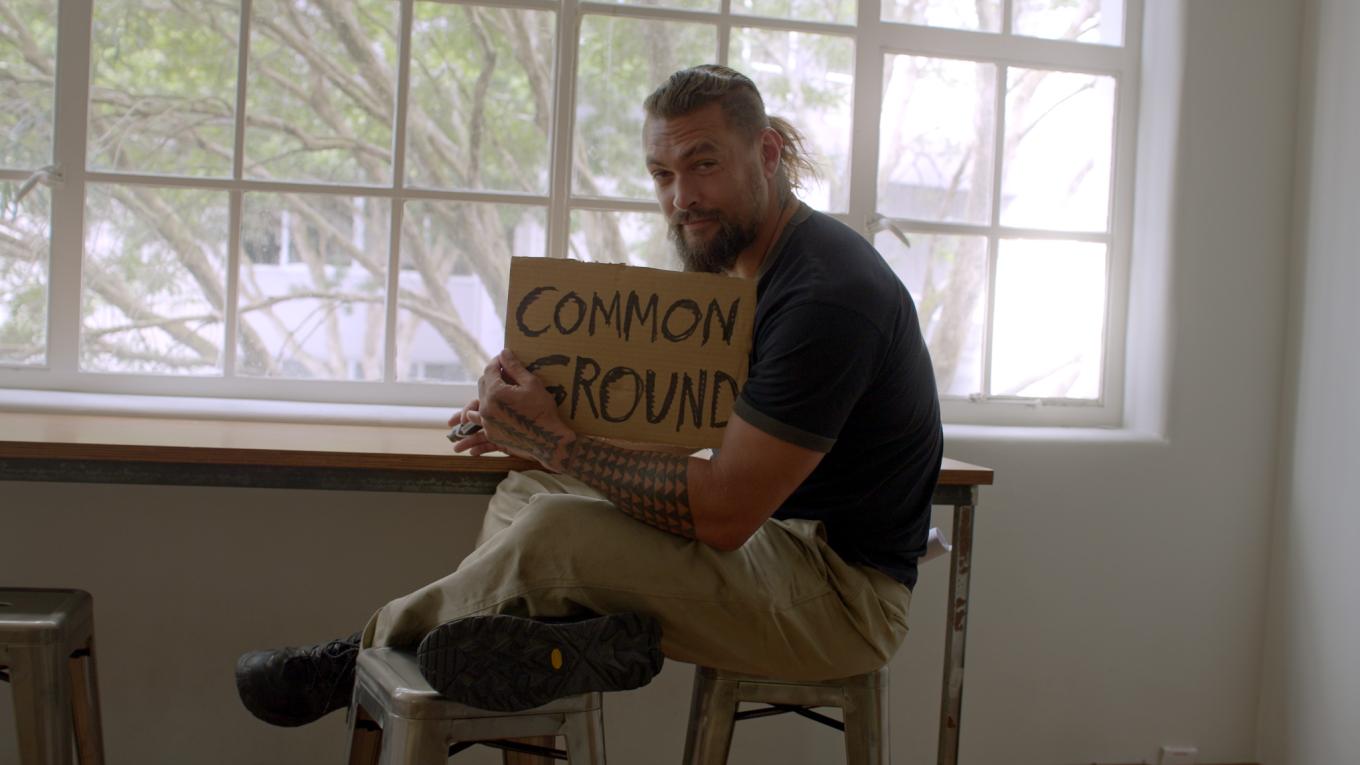
The Mad Agriculture Journal
Regeneration as a Principle
Published on
April 23, 2024
Interview by
Jonnah Perkins
Photos courtesy of
Big Picture Ranch
A Conversation with Josh Tickell of Common Ground Film
From the future of the word regenerative to why film making involves magic, Mad Agriculture’s Director of Media, Jonnah Perkins, covered a lot of acreage with Common Ground filmmaker, Josh Tickell, from his office in Ojai, California. Josh and his film making and life partner, Rebecca Harrell Tickell, have created a genre of films that give a voice to the Earth by not only cracking open the problems we face but offering practical solutions that leave audiences energized to take action. Common Ground is a film about farmers and agriculture but more than that is the story of dirt and how everything is connected through soil.
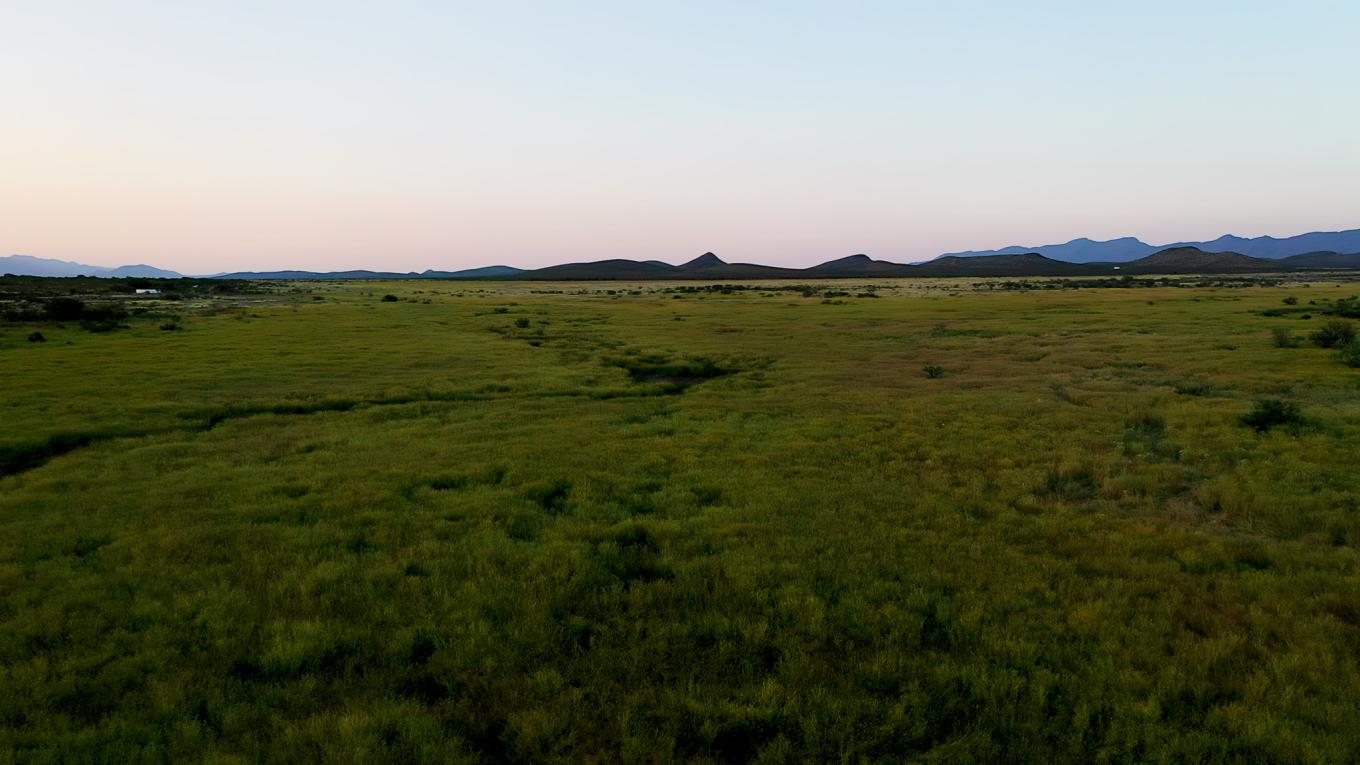
Jonnah:
As a creative person myself, I would love for you to take me back to the earliest conception of Common Ground film. How is that early vision similar or different from how the project has manifested in the real world?
Josh:
Well, in a way, the DNA for Common Ground started with our first film, Fuel, back in 2008. I was always of the opinion that we could create a genre of film making that was solution-driven. It’s more than just showing a solution or proposing a solution, it’s taking the viewer on a journey where they feel empowered to be in the driver’s seat of a solution after the film.
With Fuel it was like, “Hey, we want to make biodiesel from used cooking oil, and we want to have electric cars, and bicycles, and public transportation, and all these wonderful things.” Then people went on and they did their own things. The process of being in a community and watching that film, and that early film, was very similar to Common Ground’s release. It did 150 theaters in the US, and then it did theaters internationally, and then eventually, it found a streaming home.
The process of being with other people watching that movie in theaters, was, in some ways, transcendent to what people had experienced in movies up till then. If you look at An Inconvenient Truth and Fuel, they both came out in roughly the same time period, and you go, “Which is a higher production value movie? Which had better graphics and better camera work?”
An Inconvenient Truth, no doubt, had all of that in spades. It also had Al Gore. What we did that was different from that is we wanted to have viewers have a specific psychological and emotional journey, at the end of which they felt empowered, maybe not even to do the things that we talked about on screen. We know people who changed careers after that film. We know it just had lasting ramifications for the many, many people that saw it.
Walking away with that in 2008, gave Rebecca, my wife and film making partner, and myself, and Big Picture Ranch as a studio, which didn’t even exist in that name at the time, it gave our team the confidence to continue to buck up against the system for the better part of the next 20 years. To say, “No, Hollywood, there is a market for this. No, Hollywood, this is a genre. No, this is not propaganda. Propaganda advocates for a very specific point of view to achieve a political or social result that is manipulative.”
What we proposed was that there was a way to make a film about the environment specifically that advocated from the perspective of Earth. If Earth had a voice, if Earth had a vote, if the planet was talking and saying, “Listen, humans, I want to empower you to make some choices,” it would give options, and in a sort of parental way, a very maternal way, would nurture the part of our brain that understands that we are actually in a harmonious or disharmonious relationship with nature.
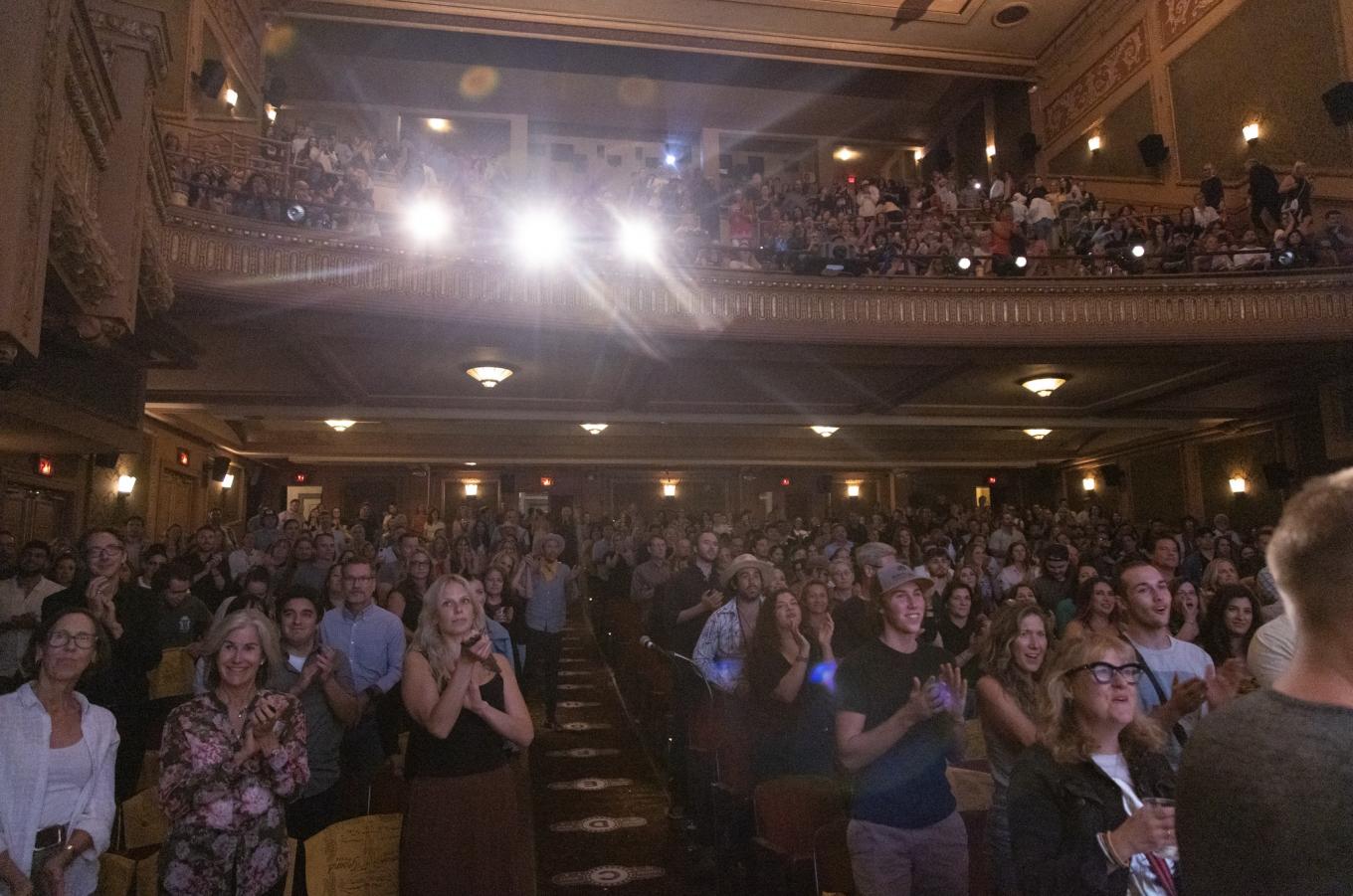
That’s what we proposed would be a new genre, and over the course of 20 films, have continued to propose that, and largely failed in a lot of different ways with traditional Hollywood distribution. We had to create our own distribution company. We had to create our own marketing company. We had to create our own social media enterprise, our own government arm. Essentially, in that process of failing, we became our own studio.
It was the only way to service a market that we knew existed for a genre of films that had not existed before, that Hollywood totally didn’t understand, and still to this day, many of the big entities don’t understand what we do. They don’t understand why it works. Why do millions and millions and millions of people watch these films, Kiss the Ground, and Common Ground, and soon the third film, Groundswell. Hollywood just can’t fathom where that market is, or who they are, or why they would care.
I think that speaks more to the misunderstanding of media, not just Hollywood, but media in general, to address what is a growing segment of the population that is aware, that they are awake, and they want to be able to facilitate change without feeling horrible. I don’t want to watch something that makes me depressed, and I’m sure other people don’t want to do that, either. That’s a very long answer to your very succinct question.
Jonnah:
Well, it actually fits perfectly in with this next question that I have, which may be pointing to the answer of what this secret ingredient that you have is. What you do so well as a filmmaker is you’re laying the foundation this is the existential crisis that we’re in - and that’s the terrible part.
Then you also propose these real solutions that don’t feel overly teachy, but it just lands so well with audiences. I’m wondering what that film making process is like to thread the needle between despair and hope.
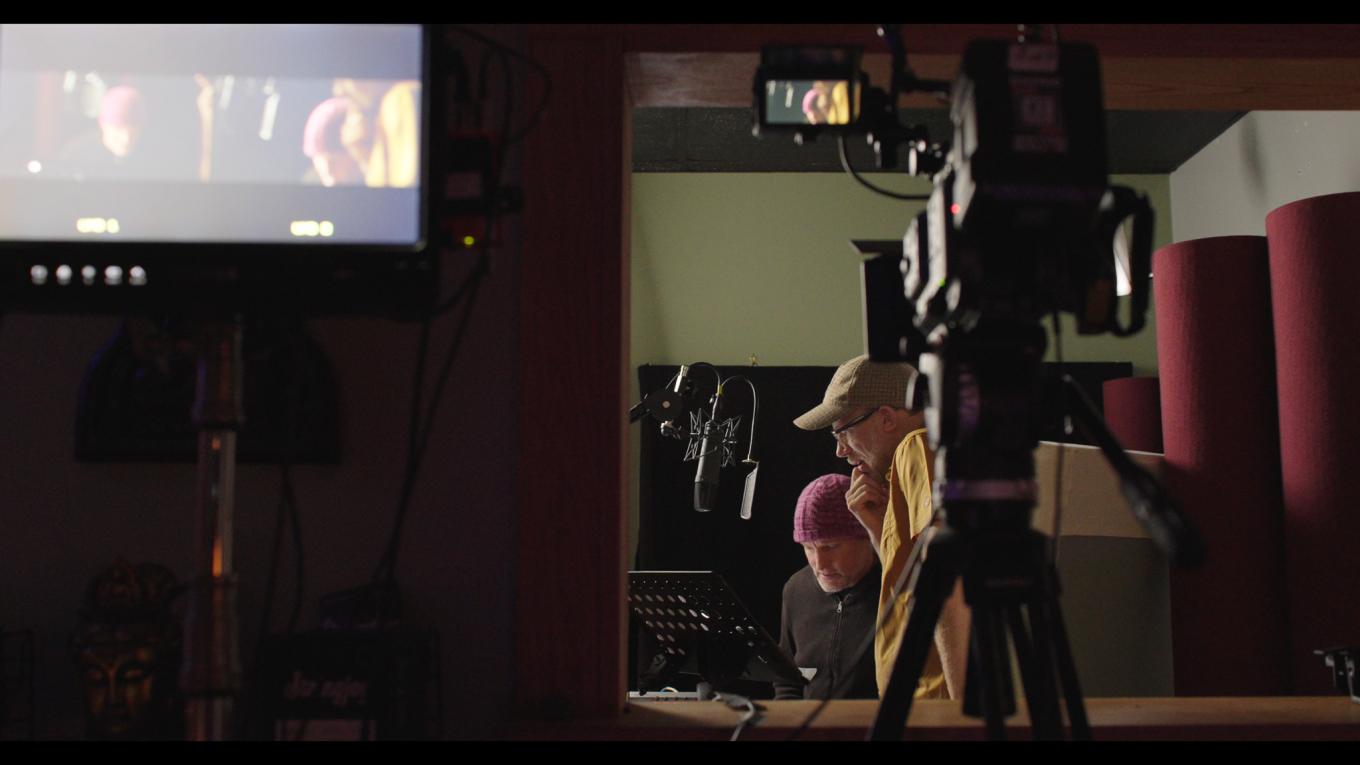
Josh:
I think Rebecca is a more hopeful person, and I am a more cynical person. The first cut, I tend to work more heavily with the editors, the first cut is always depressing. Everyone we show it to is extremely depressed. Then we back off of that. I feel like people should have a higher tolerance for reality for the crises that we face, but we always find a happy medium. There is a psychological point at which people shut down.
Whereas, as somebody who’s been in the environmental movement since I was six or seven years old, I have a high tolerance for information about what’s happening on our planet. Then I have to realize, “Okay, not everyone has spent 42 years of their life studying the environment.” A little bit of bad news goes a long way with most folks.
In terms of the second part of the film not being too teachy, that’s also very challenging. The entire film team is constantly having to check our own assumptions at the door. Even when we started with the regenerative agriculture concept, the whole editing room was like, “What is this regenerative word? Now we have sustainable, now we’re going to have regenerative. What are they going to do, what’s next?”
The monikers can sometimes be trendy, or flashy, or they lose their power. What we have to do as a film making team is check those assumptions, like, “Are we just reacting to the fact that we don’t like a new word, or are we reacting to the fact that we want to push people in a certain direction?” The second half of the movie has to be distilled down to what resonates as scientifically true, empirically true, that we can prove scientifically. Can we show it empirically as filmmakers?
It’s one thing to say, soil sequesters carbon. Then we need to prove it beyond a shadow of a doubt. A way to illustrate it is to show brown dust versus thick black soil, the black has to come from somewhere. Where? The carbon. Okay, I can see that. That’s visual.
There’s this technology called direct air capture carbon technology, which oil companies are pushing. Huge infrastructure, billions of dollars needed. It’s not practical, not actionable, not scalable. You as a citizen, voter, eater, human, can do nothing about it. It’s pie in the sky technology. Will it help one day? Maybe, I don’t know. Maybe it’ll help us live on Mars, or do something wonderful like that, but it won’t pass our test. Even though it’s scientifically feasible, even though it’s empirically showable, it’s not practical. It’s not scalable.
That example doesn’t put you as a viewer in the driver’s seat of change. These are the three litmus tests we use: scientifically feasible, empirically showable, practically actionable, and it has to pass all three of those. If it does, oftentimes, it resonates on a more metaphysical or spiritual level. I don’t mean to be woo-woo, like this has got some kind of incredible crystal energy or something. Good film making, there is a certain level of magic involved. The magic doesn’t necessarily come from us as filmmakers, or even from the film making team.
It’s a dance with the subject matter. We do hundreds of test screenings, literally. It’s a dance between us, the subject, the camera work, what’s in the editing room, and the actual audiences themselves, the test screenings informing the film. You have these five points of contact, and you’re trying to bring something into the middle where it satisfies all of those. It takes the best of all of them. When you get it right, and it’s in the middle, and it’s in that zone, everyone just kind of sits back and goes, “Oh, yeah, that’s it.”
Part of our work as well that’s difficult as a film making team is we never make films in a vacuum. We have over a hundred advisors. We have a massive scientific board. We have filmmakers, we have artists, we have a lot of people that vet this content. I’m not saying it’s perfect and that we don’t make mistakes. That’s part of the journey.
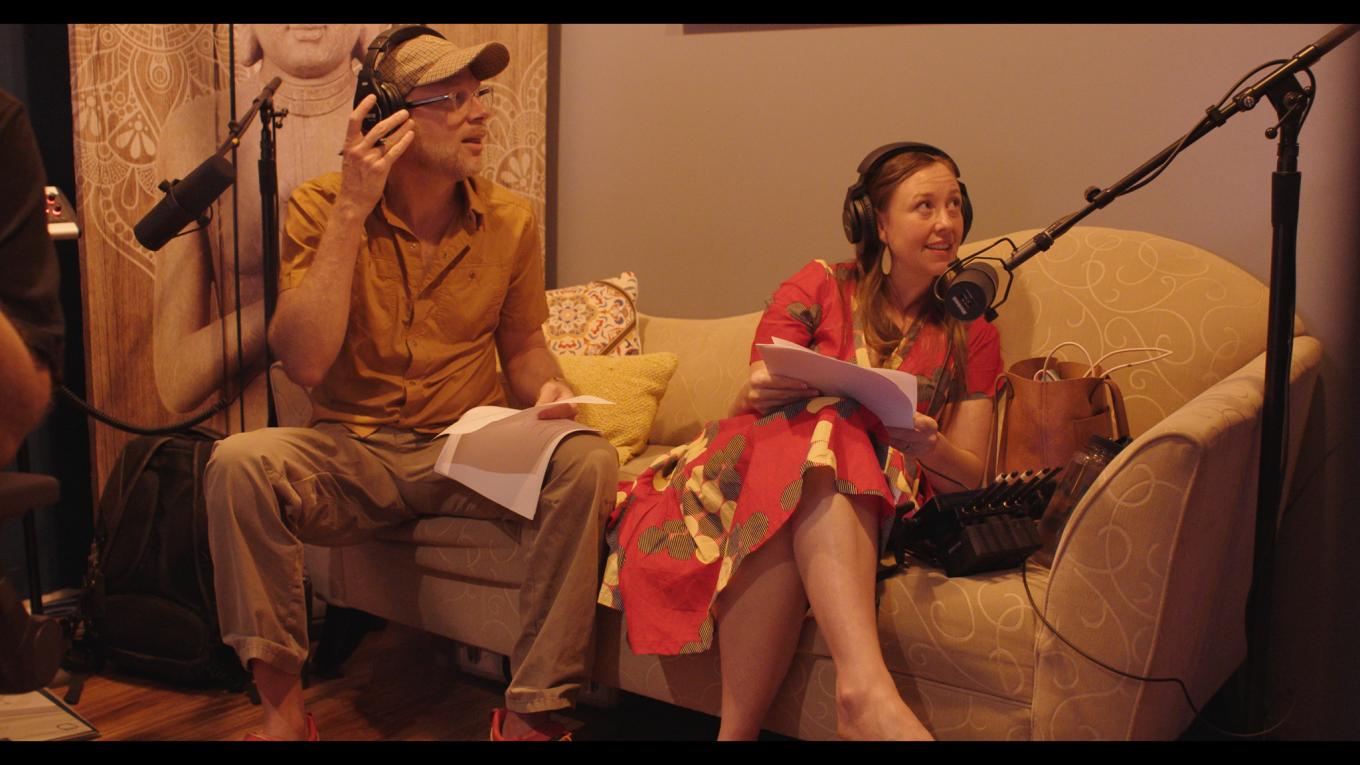
Jonnah:
Something you brought up that I confront with so much through my work at Mad Agriculture, and all of us in this storytelling and communication space is that we are dealing with words and the evolution of language. Concepts lose their meaning when we say them too many times. You as a filmmaker, you’re working on these big timescales, years.
From your perspective, what do you see as the future of this word, regenerative?
Josh:
I wish I had a crystal ball and I could give you a definitive answer. I’m certainly not able to give a definitive answer that’ll satisfy all the different parties that are involved in trying to define regenerative currently, of which there are many.
I have to say this in a positive way. They’re working together to find a collaborative definition that’ll satisfy all parties to some degree. I think if certain criteria are met, regenerative and regeneration will be able to last. It’ll have a certain permanence in the cultural narrative. I think those criteria are a bit difficult to swallow, though. One of the criteria is that it’s not going to be necessarily regenerative agriculture, it’s going to be regeneration.
It’ll likely be about human, plant, and animal, meaning if we’re talking about regeneration or regenerative agriculture in a given area, how is it regenerating the culture? Is it regenerating the culture? How is it regenerating not just the plants that we grow to eat, from a humanistic standpoint, but how is it regenerating the whole biome, the ecosystem, the biosphere of that area?
When you do those two things, all of a sudden, you’re in a food justice conversation, a social justice conversation, a historical justice conversation, a cultural justice conversation, a ecological justice conversation, and all of these movements have an intersectional point to live inside of, which is very powerful. It’s why we as Common Ground and Big Picture Ranch have found common ground with organizations that we had hoped, but we never dreamed we would, like we work now with the Sierra Club.
Sierra Club is the oldest conservation organization in the United States. Now it’s headed by Ben Jealous, who’s the former head of the NAACP. How do we get from regeneration to the NAACP? You can’t deal with regenerating agriculture unless you regenerate human beings. Now, we’re having a generative conversation about how to generate a whole new thing? It’s messy, and uncomfortable, and scary, and there’s so many unknowns in that space.
On the flip side, what’s available is a new narrative, a new sort of genre of human thinking, where whether we’re working as an NGO, or working as a company, as we’re working as a government, or even as humans in our own backyards, we approach something and we go, “Okay, how is this regenerating the land? How is this regenerating the animals and plants, and how is it regenerating the people? Is it doing all three?” The power of getting that right is incredible.
To have staying power, the regenerative movement needs to stay true to those principles, beyond soil health, beyond carbon, we’ll deal with it all, that’s all going to fall under that. Yes, we need those things to succeed. We need soil health to succeed. We need to draw down carbon, we need to do some re-wilding, all of it, but inside of the greater context.
My hope is that the movement can continue to be intersectional, it can continue to build itself up, learn from its mistakes, and understand that the context is not about quibbling about whose definition of regenerative organic, or regenerative sustainable. At the end of the day, none of that is going to matter if we don’t get the bigger issues right.

Jonnah:
We’re pushing up against some really big communication from big technology companies, global input companies, which would include fertilizers and seeds. A lot of these companies are all working together to push back against exactly the messaging that you’re putting out. Where do you feel like a tipping point is going to happen in terms of communicating to conventional farmers and communicating to consumers?
It’s just such a huge job, and your film does this so well, but where do you see there being a breaking point against these big global interests?
Josh:
Well, I think there’s a few different things to consider. One consideration is that we’re losing arable land on every continent at the rate of 2-6% per year. You compound a loss of arable land with an increase in population, and at some point, it’s the same story that every empire has undergone. There’s a definitive lack of resources and an overabundance of need. Calorically, you can’t shove enough chemicals into sand to feed 10 billion people.
That’s what I think the Middle East is finding out, in spite of their tremendous financial resources, they can’t grow enough food in sand or greenhouses to feed that growing population of those ever-increasing rich nations. We’ve had the luxury of being rich nations in the west for a long time, and we’ve destroyed that soil resource. Globally, we’re feeling the pinch. No one’s willing to say that there’s a gap between caloric output and caloric demand coming. Sure as the sun rises, it is coming, and that gap will not be filled by industrial agriculture.
Some of the tools that industrial agriculture has built will be needed regardless. We’ll need GIS (geographic information system). We’ll need the ability to map, use data, very, very specifically, to be able to pinpoint rainfall, and carbon, and soil flow, and all of these things. To think that injecting chemicals, which have to get produced from largely a fossil fuel base, in order to grow more food in worsening soil, is somehow going to fix a food gap, it’s fantastical thinking.
It literally goes against physics. You cannot do that and expect to put less carbon dioxide in the atmosphere. The only trade that that leaves for humanity is we can put more chemicals into more degraded soil, if we pump tremendous quantities of CO₂ into the atmosphere to feed more people. The system will break down. It fundamentally, from a physics, entropy level, cannot work. It’s not like we have regenerative agriculture and another choice. We just have one choice: regenerative agriculture.
I think in terms of tipping points, that’s part of why we’re pushing for this 100 Million Acres Project, and this idea that a hundred million acres is about 10% of US agriculture. We can get a hundred million acres in transition to regenerative agriculture. Again, forgive me, the definition for us is not as critical as the movement toward it. If you got a hundred million acres, people can argue about the definition together but let’s get there together, arm in arm.
Social scientists tell us that 10% is a tipping point. That’s 10% of the banking loans, 10% of the farm implement equipment, 10% of the conversations at the local gas station in farm country. It’s 10% of big ag producers, like California, which are multi, multi, multi-billion dollar a year ag producers, that are using largely indentured servitude from Mexico and Latin America to grow our vegetables.
If we can get 10% of that whole network involved in regenerative agriculture and talking about regenerative, creating financial instruments that allow young people to get into farming, creating instruments that allow people who’ve been marginalized, and BIPOC folks to get into farming, and women to get into farming, we will see radical change. It’s way beyond where we are today. It’s way beyond where we’re at with the organic standard alone.
That’s the first foothold, and that’s just the United States. The next foothold is a billion acres globally. A billion acres is roughly 10% of global ag. That will be the goal of the third piece of our campaign, the Groundswell film, the third film. The goal there is to reach into Africa, India, Asia, Latin America, and to really embrace the diversity of cultural knowledge around agroforestry and regeneration, not just regenerative agriculture, but regeneration as a principle.
How do we turn what’s going on in the Brazilian rainforest, the Amazon around? How do we revitalize India? You’re talking about a nation that has hundreds of millions of farmers, the largest number of farmers in the world. They’re protesting and drinking glyphosate to show that the Green Revolution failed. It’s not being publicized by our media, because it’s scary to have a farmer revolution.
What if that farmer revolution became a revolution for biospheric regeneration, and cultural regeneration? What would that country look like in 10 or 20 years? Those are the big questions that we’re going to start to ask with this next part of the project. A billion acres is not going to look like one little logo and one little label controlled by one little group. It’s going to be a lot of different groups.
It’s going to be very intersectional, and it’s going to be less organized than the United Nations, and more powerful, I think, than any historical global movement than we’ve ever seen, because it’ll be diverse, it’ll be leaderless, it’ll be open source. Yeah, it’s going to be awesome.
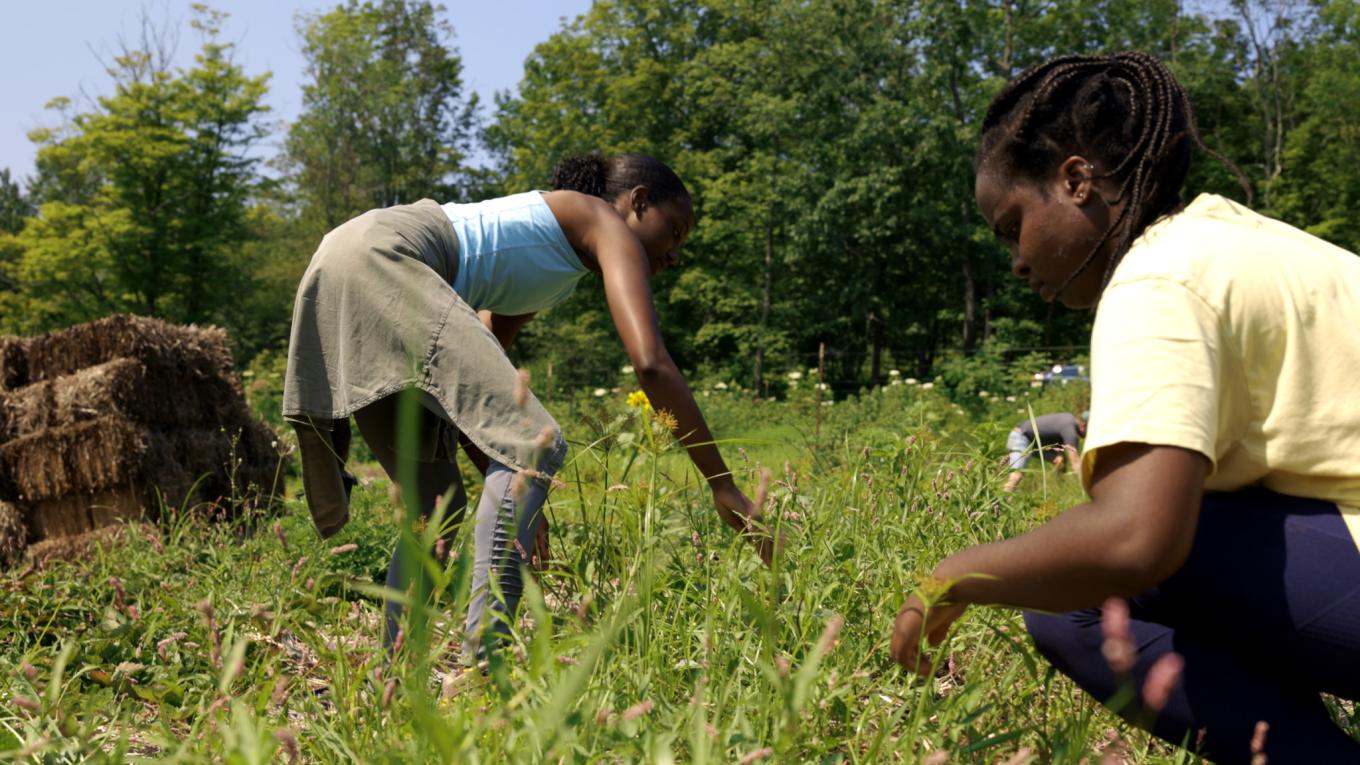
Jonnah:
I’m so excited for this next project. I love how these numbers are round. They’re big numbers, but they’re easy to remember, and it’s really powerful. I’ve got one last question for you, and I hope it’s a fun reflection. When I watched Common Ground, I was blown away by how complex it is. You’re bringing together so many high-profile partners and integrating them into concepts that you cover.
When you set out to do this project, I’m sure you knew that you were heading into a tremendous amount of work. Are there any aspects of the project that came together more easily or with more simplicity than you anticipated? Where you’re like, “Hey, that was much easier than I thought it would be?”
Josh:
Yeah, there are points where a film will either catch, or it won’t catch. With Common Ground, when we started the release, it felt daunting. It wasn’t covered by the LA Times, it wasn’t covered by the New York Times. We’ve made 20 films and almost all of them have had theatrical releases. I don’t know one other film that didn’t get a New York Times review. It was stunningly quiet, and we were really scared that we were up against forces that were too big for us to overcome.
For the first screening, we released on September 27th last year in Seattle. People loved it. Then we played Portland, and they loved it. Then Los Angeles was really tough. It was hard to get 50 people in the audience the first night, but then the second night, we had 55 people.
By the second week, the theater was filling up by itself, and it filled up for five weeks in Santa Monica. Santa Monica is a tough, tough market. I would go by the theater on a Sunday afternoon, and people would be talking outside the theater. They’d be telling other people to go inside the theater. I thought, “This thing could catch… like, it has the potential to catch.” We kept pushing, and kept pushing, even through the end of the year and into the beginning of this year.
Then it was sometime in February or March. We were on a team call, and the team said, “I’m sorry. We’ve booked some theaters that are going to be a failure, and we’re just letting everybody know that they’re going to be a failure up front, so there’s no disappointment. We spent a little money on ads. We did a little social media. We tried, guys, but it’s just not working in these markets.” I thought, okay, you win some, you lose some. We opened theaters that week on a Thursday night.
On Friday, we started getting text messages early in the morning. “Did you hear what happened in Ann Arbor? There was an ice storm as predicted, and the theaters were totally snowed under, and hundreds of people showed up.”
Apparently, it was standing room only. Then that happened again in Michigan, I think either that same week or the next week. That’s when we knew that the film had caught.
Jonnah:
What do you think it was about Michigan? Why was Michigan this critical geographical location?
Josh:
It’s a huge agricultural state that has suffered tremendously from the implosion of the Industrial Revolution. People don’t realize how much agriculture happens in Michigan, but I think more than that, it was just an inflection point. It’s one of those moments where you’re pushing, pushing, pushing, and you’re thinking, “Is this thing ever going to happen? Is it ever going to catch?”
Then in retrospect, it happened at a moment that you least expected. It wasn’t Hollywood. It wasn’t New York, Manhattan. It was Michigan. It was like, in an ice storm.
From that point onward, the theater requests just blew up, and there’s thousands. There’s way more than we’ll ever be able to do. We start community screenings in May, and that’ll go onto international screenings, and then digital in the fall. There was no easy part in the process. The part of great relief was when the community decided that the film was theirs. We didn’t have that satisfaction with Kiss the Ground, because Kiss the Ground was always digital. We released during COVID. We never had theaters.
The reason we do community screenings in theaters is because when you’re gathered with a group of human beings, and you enter this experience in the beginning, and you exit at the end, you transform as a group. We are in a movement, and movements are made of individuals, but the whole movement is about the group.
If you’re not in a group setting, it’s really hard because you go, “Am I alone? Am I the only person seeing this? Am I going to be the crazy person at the party talking about soil?” Whereas if you’re with 500 people, and everyone’s clapping, and they get up at the end, and they’re totally inspired, and everyone’s pouring out of the theater, talking about their farmer cooperatives, and their soil initiatives, and their county farming thing.
It’s like, all of a sudden, there’s 500 intersectional little mini movements happening. That’s where the power is. The theatrical thing has been super hard, but it’s been incredibly rewarding as communities have decided, “This film is ours.”
